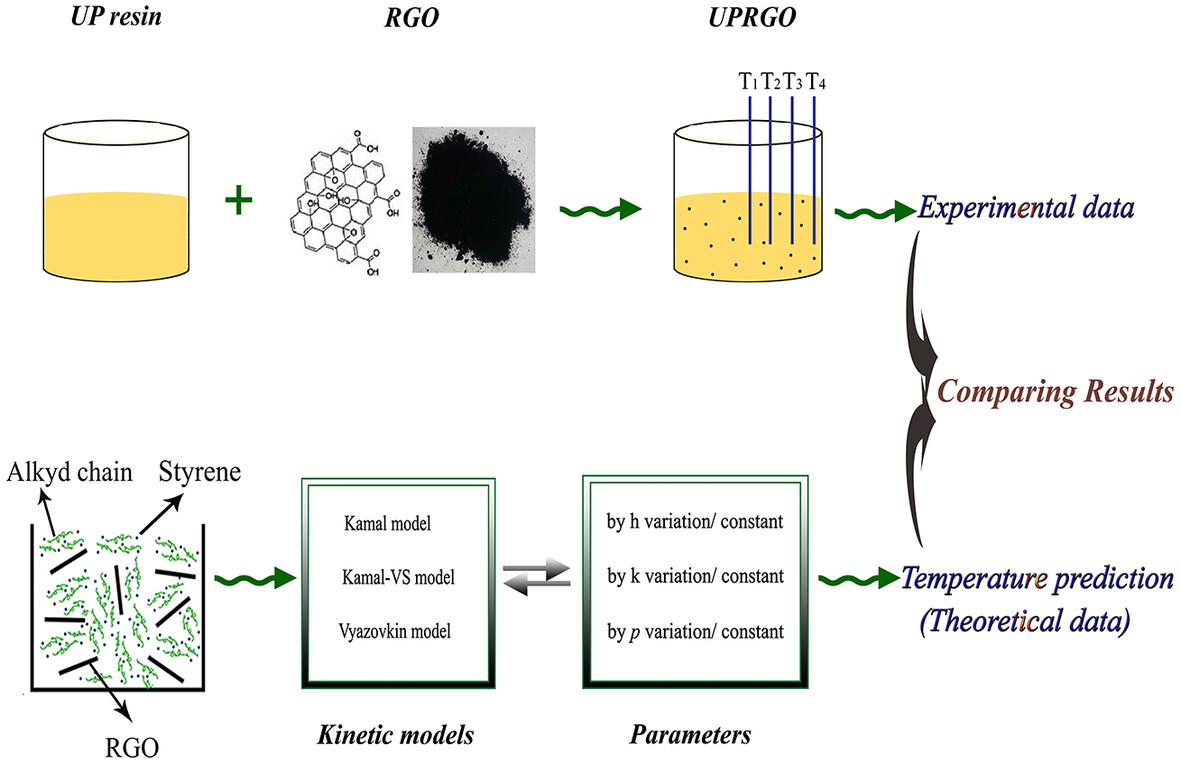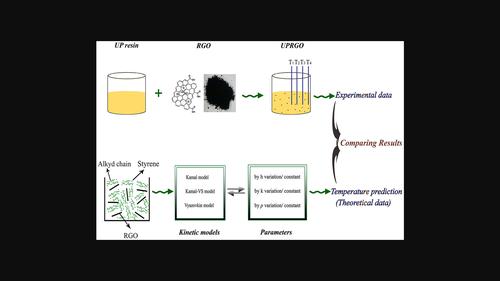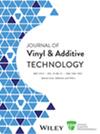Improving temperature prediction during curing of thick parts of unsaturated polyester resin/reduced graphene oxide composites
Abstract
In this study, the challenges of using reduced graphene oxide in the production of thick parts were investigated. The kinetic effects of the particles on the curing reaction rate can cause the parts to fracture during curing because of the increase in internal stresses. In this regard, using various kinetic models, the trend of temperature increase in pure unsaturated polyester resin (Neat UP) and resin containing 0.5 wt% of reduced graphene oxide (UPRGO) were investigated. The heat transfer equation was solved using programming code in MATLAB software, and the results of the modeling were compared with the experimental results. In the following, the role of the variation in density, convection heat transfer, and thermal conductivity on the prediction of temperature at different points in the parts is evaluated. The results showed that the choice of kinetic model could play an effective role in predicting the temperature in the parts. Considering the density variation, changes in the thermal conductivity and convection heat transfer coefficient could play an effective role in matching the experimental and theoretical results. An increase in temperature causes a decrease in the structural regularity of the resin network, intensifies phonon scattering, and decreases in the thermal conductivity coefficient.
Highlights
- The RGO particles have influenced the reaction rate and the temperature gradients of thick parts during curing.
- The influence of different parameters and kinetics during the curing process of polyester resin was observed on temperature changes.
- The best prediction of temperature changes was provided by Vyazovkin's model, which had a high accuracy between the experimental and theoretical results.
- The thermal conductivity coefficient is changed due to the changes in the contribution of the phonon thermal transport.
- Considering the changes in density with the conversion degree improved the agreement between the experimental and theoretical results.



 求助内容:
求助内容: 应助结果提醒方式:
应助结果提醒方式:


